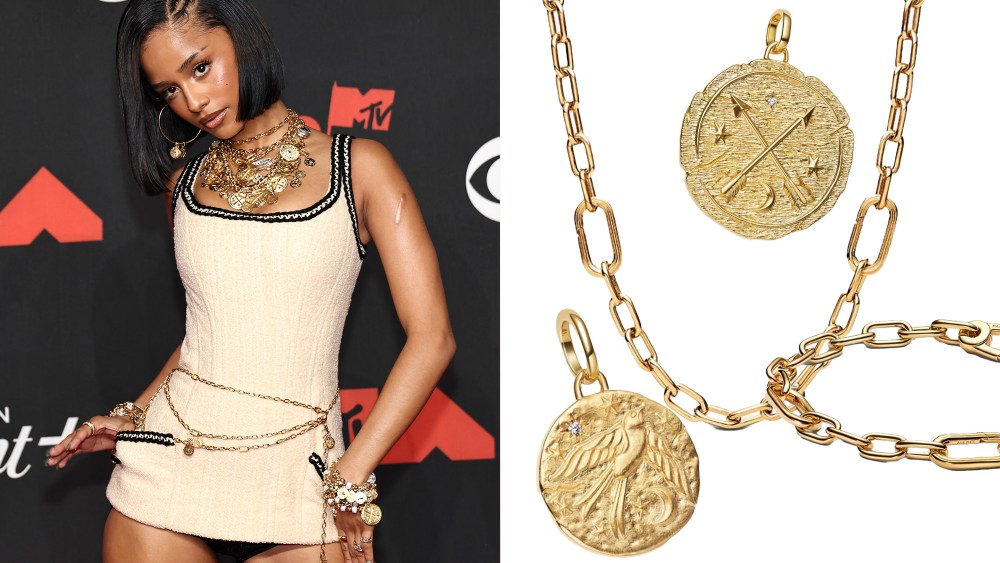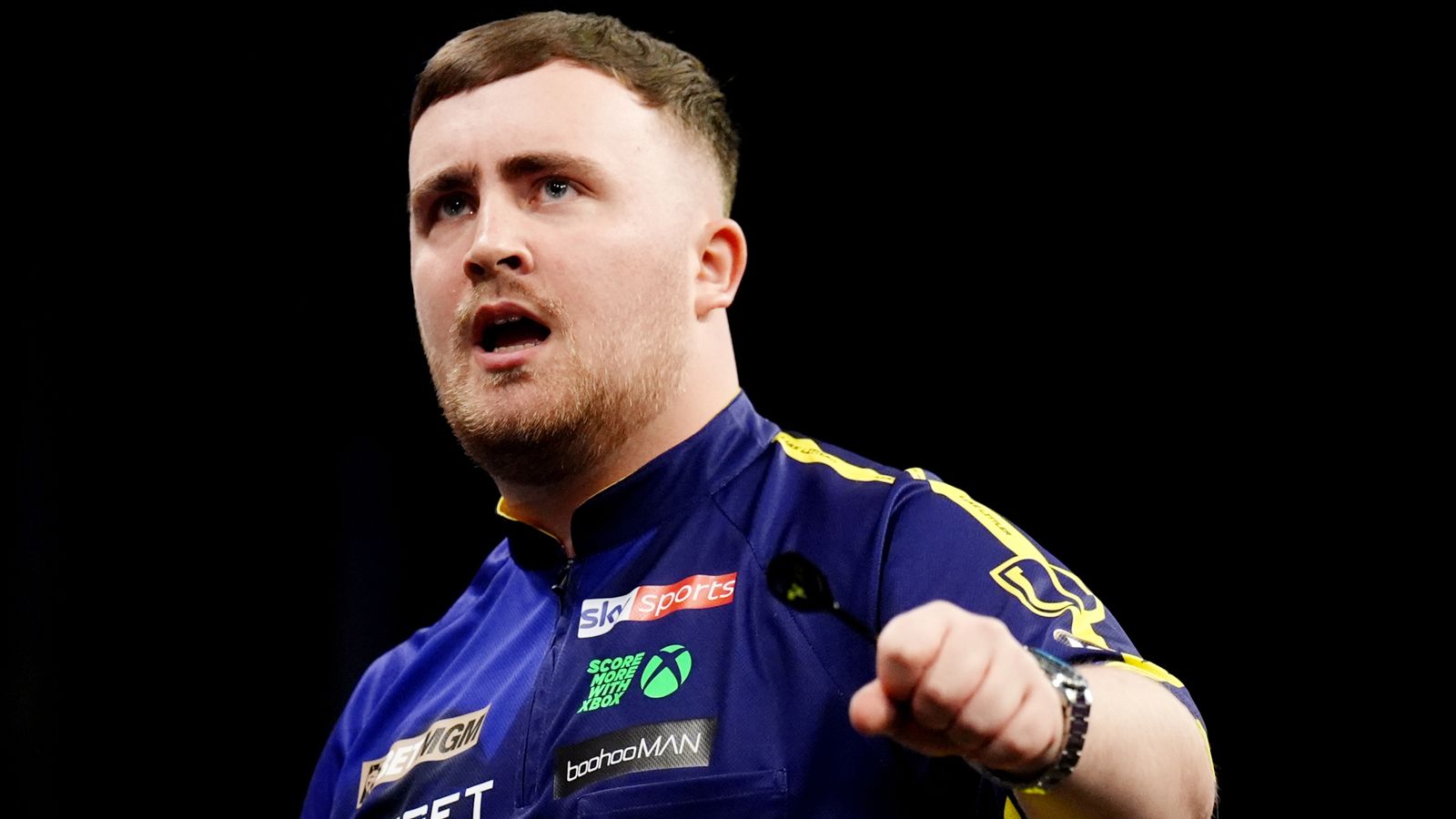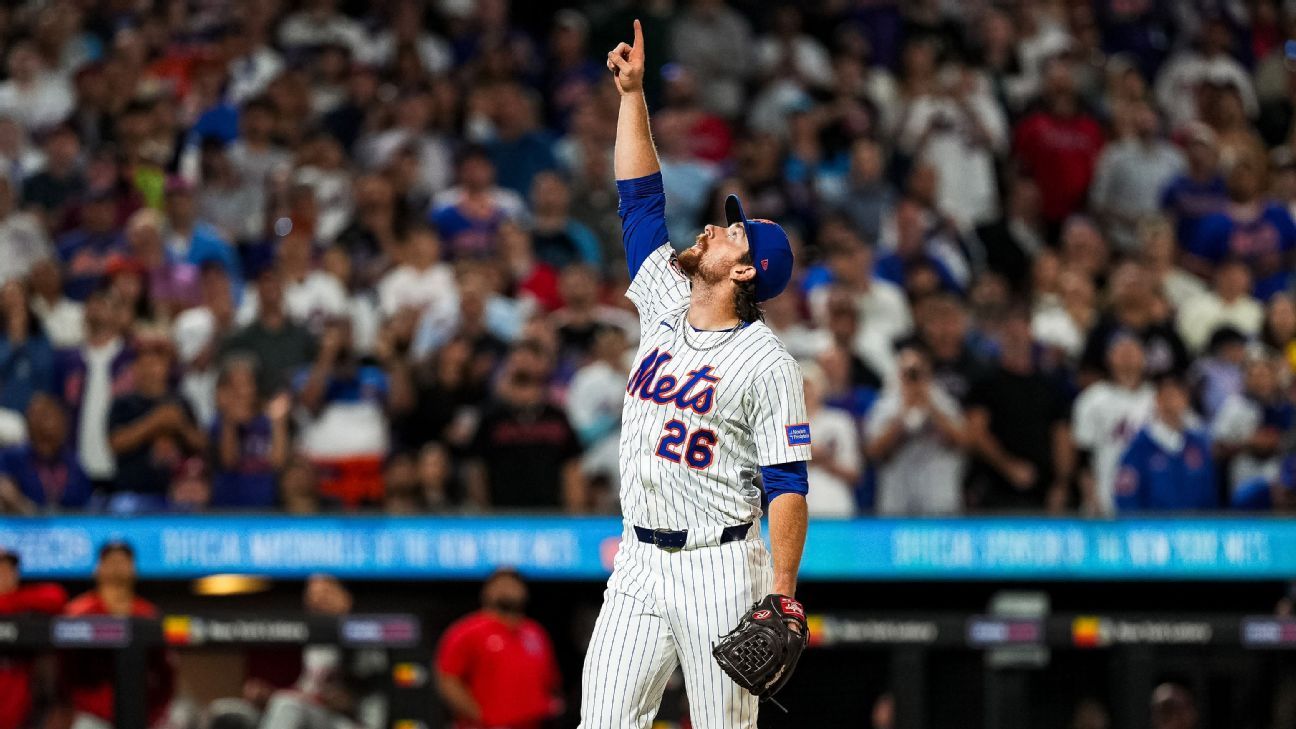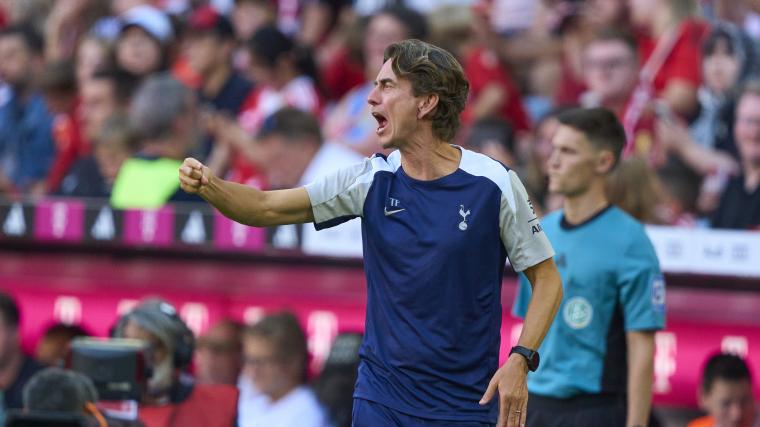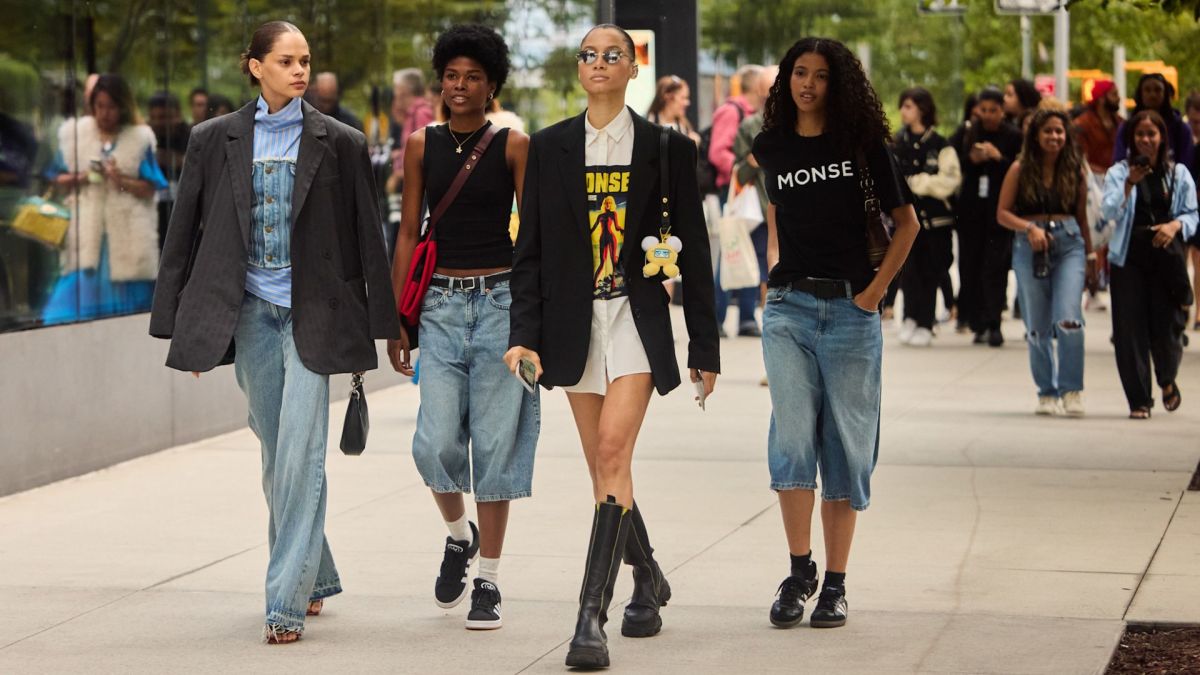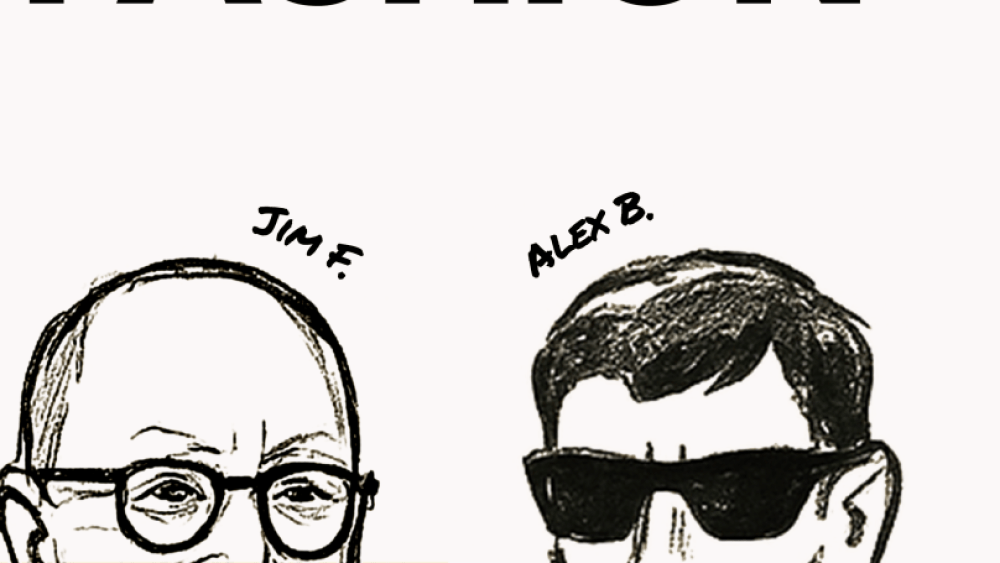
In the inaugural “Savage Fashion” podcast episode filmed at the Four Seasons Hotel George V Paris, WWD’s chief content officer James Fallon and style director Alex Badia sat down to discuss the state of the industry given the economic fears, an overview of the spring 2026 menswear season and chatted with Willy Chavarria hot off the heels of his highly talked about menswear show.
“The first show [in January] was the most nerve-racking,” Chavarria told Fallon and Badia. “I’m an American showing in Paris. The French aren’t exactly known for being welcoming, but I was overwhelmed by the warmth and acceptance I received from the Paris fashion industry.”
Chavarria said it was an “honor” to come back for the second time to show his latest collection. He shared that he had confidence in his showing this time around and did not subscribe to Parisian stereotypes. His show was highly talked about for his political references — WWD’s Samantha Conti wrote that the show had models “kneeling on the runway, with their heads bent low […] as if they were about to be deported, U.S. government-style.”
Despite the heavy themes on display at the show, Chavarria said he initially wanted to “present joy,” but having his own brand has allowed him to evolve the collection over time. “The most important thing for me and my team is to stay connected to the world.”
“Every decision of the show is very thought through,” said Chavarria. “I want to have a very democratic approach to fashion and touch as many people as possible.” He went on to discuss how he’s managed to capture the attention of various consumers at differing price points and how the behind-the-scenes strategy, collaborations with Adidas and more have created a cohesive and all-encompassing Willy Chavarria universe.
The episode also dives into how Chavarria stays grounded, his family’s first time in Paris and attending his show, his social activism, the savage nature of the industry and what impact he’s hoping to make on it.
Badia also shared insights on the ground from Pitti Uomo in Milan the week prior. “Everyone was on edge and there’s a lot of doubts for the second half of the year. There’s doubts from next year for retail and the U.S. being an unpredictable market.” But despite these economic woes, Badia said he was excited to discover new brands from the Netherlands, Sweden, Norway — many of which are dominating the Gen Z contemporary market.
“Pitti Uomo is clearly back,” said Fallon. “There were clear trends — the strength in tailoring in Italy with a looser silhouette and strong double-breasted suits.” Many designers, he said, looked at older magazines from the ’80s and ’90s for inspiration.
Fallon similarly echoed Badia’s sentiments about how tariff discussions and economic and political uncertainty carried into Paris couture and the upcoming September fashion month and continue to be top-of-mind.
“Fashion is in its own bubble but you cannot escape reality!” said Badia.
The duo discussed other major fashion news making headlines — WWD’s reporting that Anna Wintour would be stepping away as editor in chief of Vogue, but remaining the global editorial director of Vogue and Condé Nast’s chief content officer, has dominated the conversations across the industry.
To listen to the full episode, CLICK HERE.
#Willy #Chavarria #Talks #Paris #Fashion #Show #Politics #Industry #Impact

